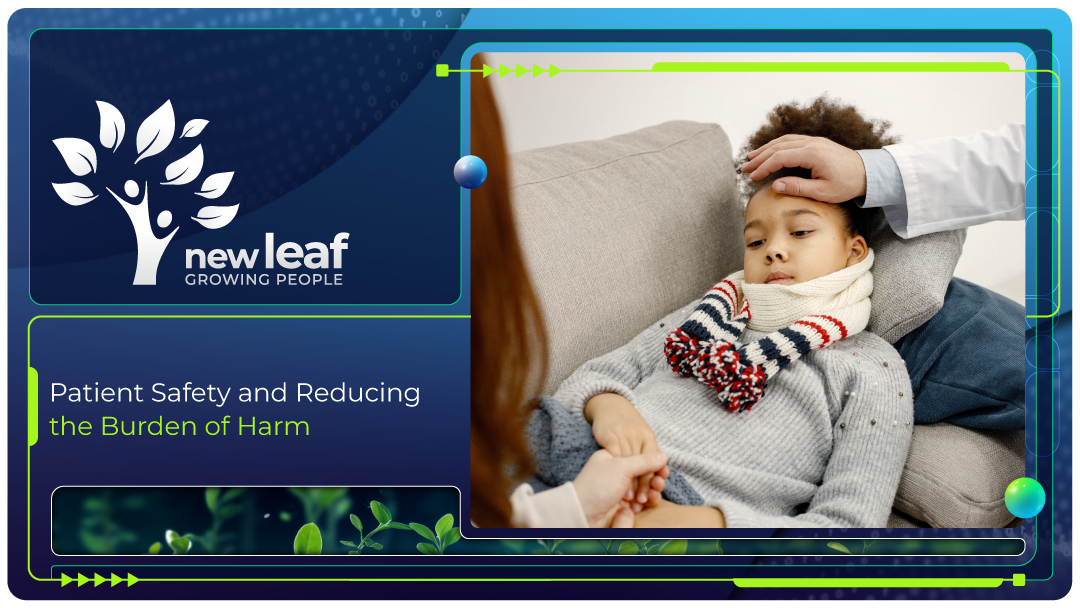
According to the World Health Organisation, as many as four out of every 10 patients in the world are harmed in primary and outpatient health care. In low- to middle-income countries, that translates into a collective 2.6 million deaths a year.
Medication errors are a leading cause of avoidable harm in health systems globally. It is estimated that the cost of failing to administer medication properly is $42-billion (R671-billion) annually, or almost 1% of total health expenditure.
WHO has also identified that health care-associated infections occur in 10 out of every 100 hospitalised patients in low-and –middle income countries, many of which are rooted in unsafe surgical procedures, unsafe injections practices, transfusion problems, diagnostic mistakes and blood clots.
Factors such as health worker fatigue, overcrowding, staff shortages and the wrong information being given to patients all play a role.
The great tragedy is that patient harm can be effectively reduced, in WHO’s estimation by as much as 80%.
Health care practitioners are working in high-pressure environments, often where financial shortfalls and inadequate access to resources can result in patient harm.
Expecting flawless performance is unrealistic, but these errors can be mitigated when health care systems are well designed.
If healthcare systems are to improve, it will require extensive staff training to ensure successful implementation of patient safety strategies.
These improvements and prescription of correct treatments will also need to be data-driven, as opposed to speculative solutions that ultimately fail to produce desired results.
It has become critical for health care providers to possess a thorough knowledge of regulations, policy and good governance if patient safety is to be safeguarded and potential litigation avoided.
The data-driven approach is critical, particularly when public health systems in the country are facing a crisis.
The key is to bring every health provider up to speed on not only what is expected of them in their respective roles, but on the use of databases to streamline processes.
These database networks can also provide new ways to monitor medicinal safety, generating real-world evidence to support decision-making in hospitals and the medical profession as a whole.
To this end, targeted and dynamic online training strategies are being used to focus on individual learners or hospital-specific needs, resulting in greater learning and retention, less time in training, and ultimately, more effective health workers.
There are quantifiable metrics that can tell you a lot about the training programme itself, and how it may be improving overall performance.
The analytics built into online systems gives you an overview – what is the subscription rate like, what is the drop-off rate like, how many inactive users have you got, who’s not started, who’s completed, how much time is being spent in training, what’s the best time to learn?
By analysing this, you can let line managers know who the people are who might be inactive, and establish whether learners are being encouraged to learn. These types of metrics immediately mean something for the hospital or medical facility, as they can assess where further training or adjustments to training might be needed.
What we ultimately aim to create through our online training programmes are organisational cultures noted for best practice and that reinforce patient safety.




